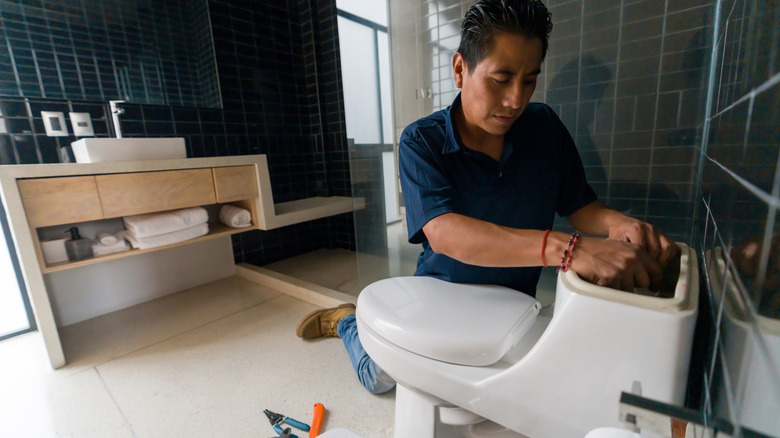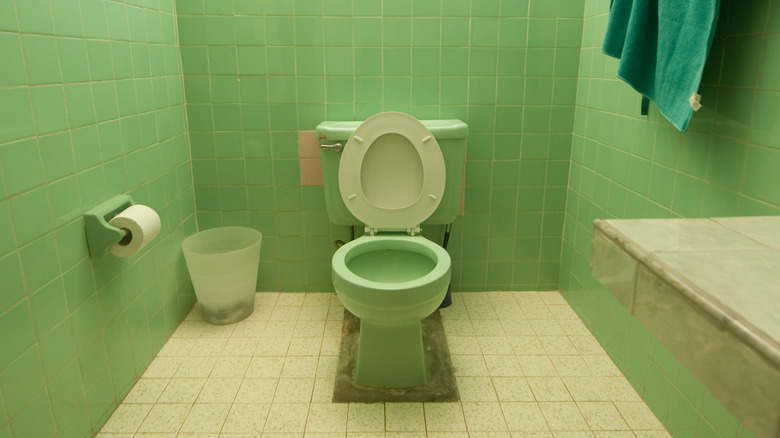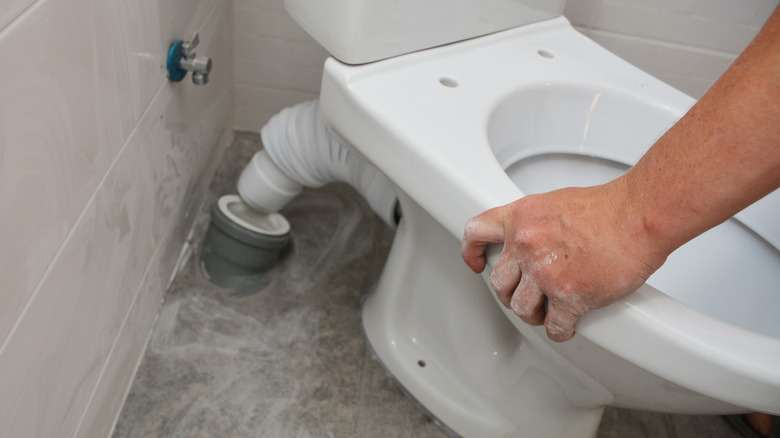Is A Low-Flow Toilet A Worthwhile Addition To Your Older Home?
Low-flow toilets have a number of benefits for both you and the environment. Older toilets may use two to four times more water per flush than newer, more efficient models. Conserving water is always helpful for the environment and for over-stressed municipal utility systems. It saves you money on your utility bills, too, as toilets account for almost 30% of the home's water usage on average. Based on this information, installing the low-flow toilet seems like an easy choice. However, not everyone can make use of this type of appliance. If you do not have a precise slope in the waste pipe that connects to the sewer pipe in the older house, the solid waste could become stuck, leading to a severe clog that may require using various methods to unclog the toilet.
The slope needs to be between ⅛ inches and ¼ inches per linear foot. If the slope is too steep, the limited liquid may flow too quickly, potentially leaving the solids behind and allowing them to build up inside the waste pipe without ever reaching the sewer. If the slope is too flat, gravity cannot help move the solid as efficiently as it could, increasing the chances of creating a clog.
Based on these requirements, unfortunately, making use of the low-flow toilet in a vintage home isn't as easy as just installing it. You may need to hire a plumber to inspect and reconfigure the slope of the waste pipe before you can benefit from this highly efficient appliance.
Why some older homes aren't ready for low-flow toilets
In an older house, a toilet made before 1982 could use a lot of water to remove the solids, and some toilet manufacturers made use of up to 7 gallons per flush. By being able to use this much water, creating a precise slope in the waste pipe simply wasn't important to the plumbers doing the installation. With so much liquid available, it could move the solids without concerns about clogs forming, as is a concern with the low-flow toilet.
Additionally, a home that is several decades old probably makes use of cast-iron pipes, which make it easier for solids to cling to the edges and block the pipe. This may be a common reason why your toilet keeps clogging. Modern houses are far more likely to use PVC piping. This is a slicker material than cast iron, meaning that solids are going to move easier through the PVC without clinging, reducing the chances of a clog.
Over time, it's possible for sediment and other items to build up inside the cast-iron waste pipe. This is a normal process with cast-iron piping, called tuberculation. The bacteria in the wastewater from the toilet causes a reaction with the iron on the inside of the diameter of the piping, and this allows a buildup to form. Over time, this buildup becomes thicker, making it more difficult for water to move through when it's carrying solids from a toilet, possibly leading to clogs.
Solutions for installing a low-flow toilet in an older home
If you want to install a low-flow toilet in your vintage house, you do have a few options that may help. As mentioned earlier, having a plumber inspect the piping in the home can help you determine whether you have the proper slope. If you have the skills to remove the toilet yourself, you can check for sloping issues on your own. Lift the toilet away from the floor and shine a flashlight inside the waste line. If you can see standing water, your waste pipe's slope is not steep enough. A plumber can give you an estimate of the cost of creating the proper slope.
Another option is to have a plumber upgrade the entire plumbing system inside your home, changing cast-iron piping to PVC piping. This gives your system a better chance of moving solids from a low-flow toilet to the sewer line without clogging. However, this is a potentially expensive process that could cost as much as $20,000, depending on the configuration of your vintage house.
You can consider purchasing a specially designed low-flow toilet. Some of these appliances have a dual-flush mode, where you would press one button to use less water on a flush with no solids and another button for a flush with solids. Pressure-assisted toilets are available that create pressure on the water inside the tank before releasing it into the bowl, creating extra force behind the flush.


